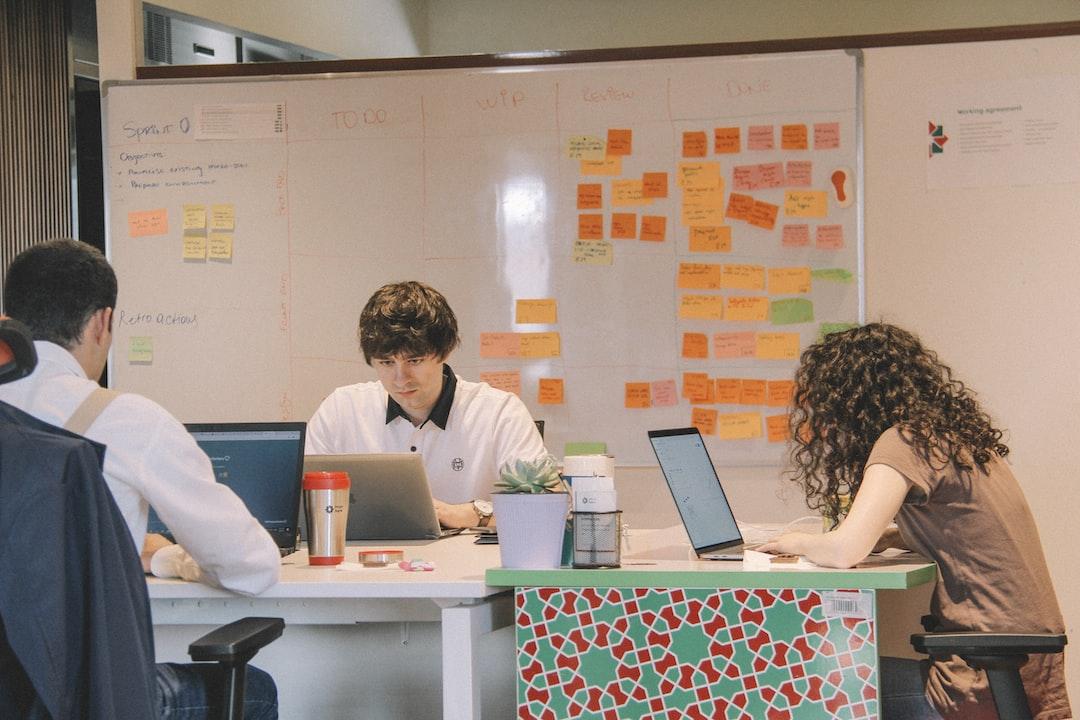Recently, influenced by the success of EigenLayer and the widespread market attention brought by its token issuance, the Solana ecosystem also seems to be eager to move. According to Coindesk’s investigation, several teams are currently developing restaking protocols.
Contents:
Toggle
Solana Ecosystem Seeks to Emulate EigenLayer
Introduction to Potential Solana Restaking Projects
Jito
Cambrian
Solayer Labs
Picasso
Pros and Cons of Restaking in Solana
Perhaps inspired by EigenLayer, although the Solana Foundation has stated that there are currently no related plans, it seems that at least six teams in the community are constructing restaking protocols in the Solana ecosystem, hoping to share a piece of the pie in the current restaking industry.
Recommended Reading:
How will the restaking project EigenLayer change the Web3 infrastructure ecosystem?
Reason for recommendation: This article comprehensively explains the design concept, problem-solving, and current development status of EigenLayer. It enables a quick understanding of its innovative product positioning and design architecture, and provides a better understanding of the content of this article.
Advertisement – Please scroll down for the rest of the article




It is expected that similar restaking projects will be released in the Solana ecosystem in the next few weeks and appear within a few months, sharing the security of the Solana network with other decentralized projects.
These teams include the Jito client team, the Solayer Labs and Cambrian startups, the infrastructure development team Picasso, and the hackathon-born teams DePHY and Repl.
Although Jito previously closed its innovative MEV trading market due to community pressure, it still has a strong influence in the Solana community. Therefore, the team is also seeking new breakthrough opportunities, and restaking may be one example, but the team has not yet publicly announced any related plans.
(Jito, the largest third-party client of Solana, will issue governance token JTO)
Gennady Evstratov, the founder of Cambrian, stated that they are developing an intermediate layer service similar to EigenLayer, and will use zero-knowledge proof technology to optimize interactive technology. It also provides additional external project security layers and computation layers, unlike EigenLayer.
According to the team, Cambrian is currently raising $2.5 million. Cambrian will open its testnet in a few weeks and plans to launch the mainnet in the early third quarter of this year, opening up its incentive program and token issuance.
Like Cambrian, Solayer Labs plans to establish an economic security layer and execution layer for the Solana ecosystem to protect external applications in decentralized networks. These projects will be able to customize the environment they need, such as high performance or specific modules.
The team members come from projects such as Sushiswap and MPCvault, and they seem to have raised $10 million in funding. However, Solayer Labs has made slower progress and currently has no plans for deployment, but the early incentive program has already started.
Picasso started building a restaking project half a year ago and opened its service at the beginning of this month, becoming the first available restaking product on Solana. However, Picasso did not build a general platform to protect all decentralized projects, but instead, as a compromise, it first protected its cross-chain bridge connecting Solana and Cosmos blockchains with this restaking framework.
Members of the Picasso team stated that they began building their own restaking system because EigenLayer’s system is limited to the Ethereum ecosystem. Currently, the protocol has deposited $8 million worth of SOL and a small amount of liquidity staking tokens.
Picasso also plans to open to other projects and users in the Solana ecosystem in the future.
Although EigenLayer is expected to benefit Ethereum’s Layer2-focused scaling solution, Solana does not necessarily need it. Therefore, many community members believe that the restaking ecosystem may not necessarily bring benefits to Solana, but may instead bring uncertainty and increase system risk. For example, if the operator is reduced by AVS, the impact may affect the entire restaking ecosystem.
Although restaking may bring more new opportunities and vitality to the ecosystem, the balance between the risks involved may require more discussion.
Market speculation suggests that the clients of such Solana restaking protocols are more likely to be other application facilities, such as oracle services, MEV infrastructure, storage, and DePIN.
In any case, the development of the Solana restaking ecosystem seems to be unstoppable.
Cambrian
Jito
Restaking
Solana
Solayer Labs
Restaking

